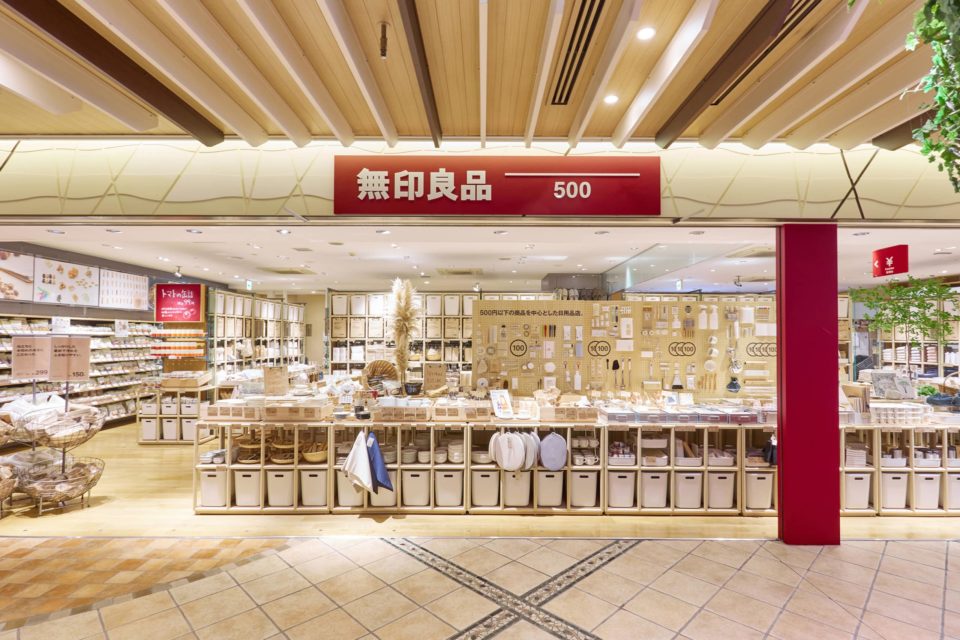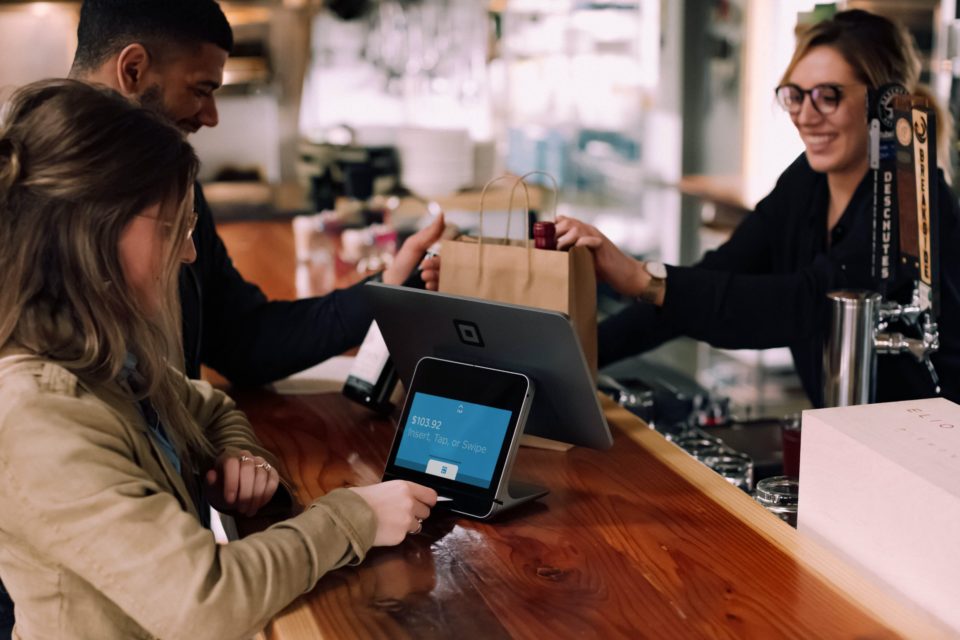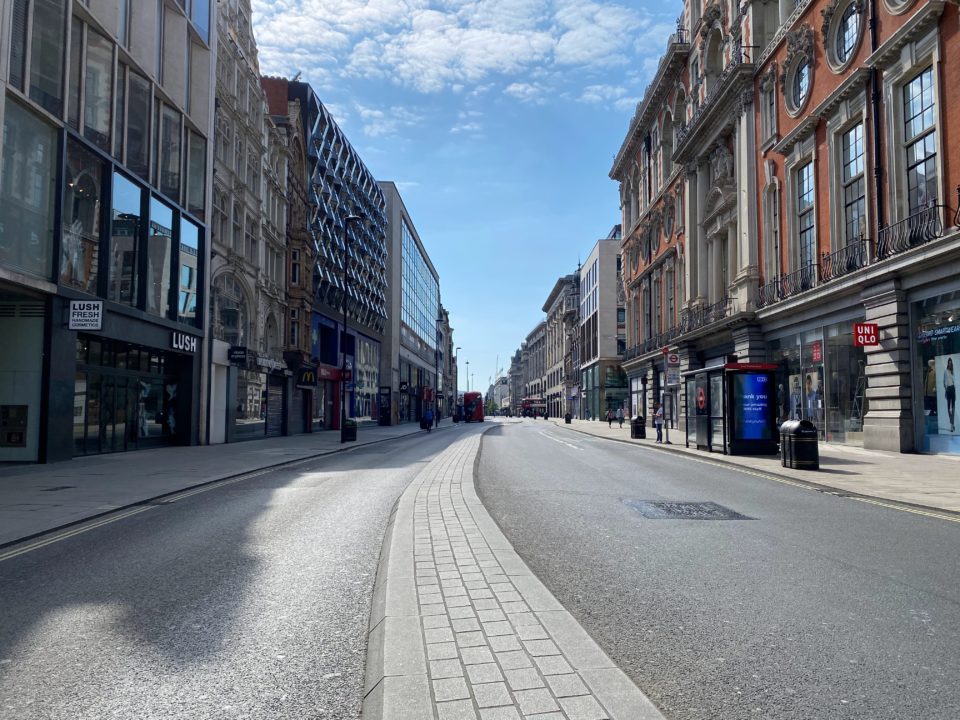The complete guide to blockchain and retail
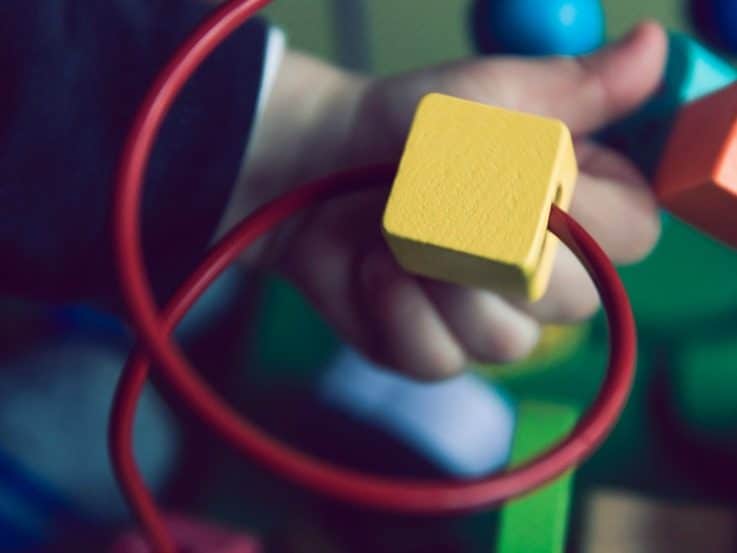
It’s almost ten years since you first heard the word ‘blockchain’. Conceived in 2008, the blockchain is among those much talked about new developments, but one that you may not have felt the effects of. Yet.
Uptake of this disruptive technology is growing and major brands and tech companies are starting to explore what this means for retail. Read on for everything you need to know about blockchain and the future of retail.

What is the blockchain?
Blockchain is a way of digitally recording data and transactions. Each record is a ‘block’ linked chronologically together in a ‘chain’, which shows all activity. There are two main types of blockchain – unpermissioned and permissioned.
Unpermissioned uses open distributed ledger technology, which means that the information isn’t owned by any one person or database. Instead it is shared across all the different computers in the network. Anyone can join the network and view the transaction records it holds.
Once a transaction has been recorded the data stored is timestamped, so it can’t be deleted or edited in any way. Any subsequent additions to the ledger or new records are tracked and updated in real-time for everyone with access. Because of its distributed nature blockchain is difficult to hack as all of the copies are located in different places.
Permissioned blockchains work in exactly the same way, but offers the ability to restrict who in the network can authorise transactions. This makes it a better option for tracking house sales for example as it means only approved parties like estate agents can validate a sale.
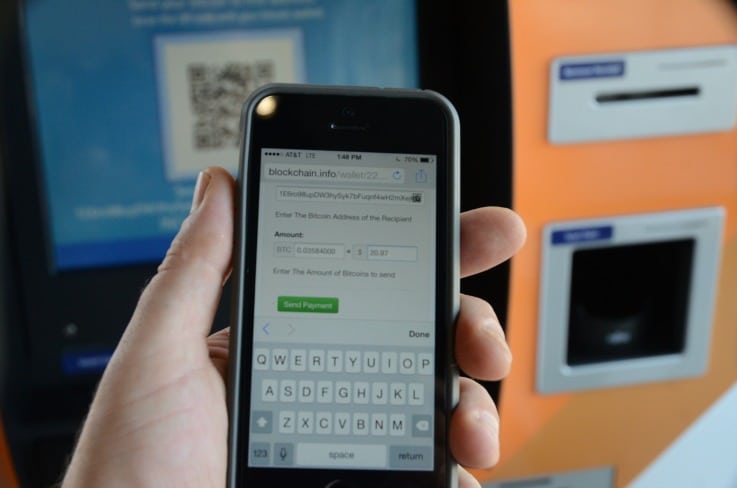
Image credit: BTC Keychain
What can the blockchain do?
The most well-known use of blockchain is the digital currency Bitcoin. Blockchain is the underpinning system used to track all Bitcoin transactions.
However, the blockchain can be used for more than just financial transactions. It can securely record any sort of data from deeds to intellectual property to art to contracts. The technology helps to minimise paperwork and speed up transactions, which in turn lowers costs.
For a short time there was even an entire organisation and capital fund, the DAO, that operated on the blockchain.
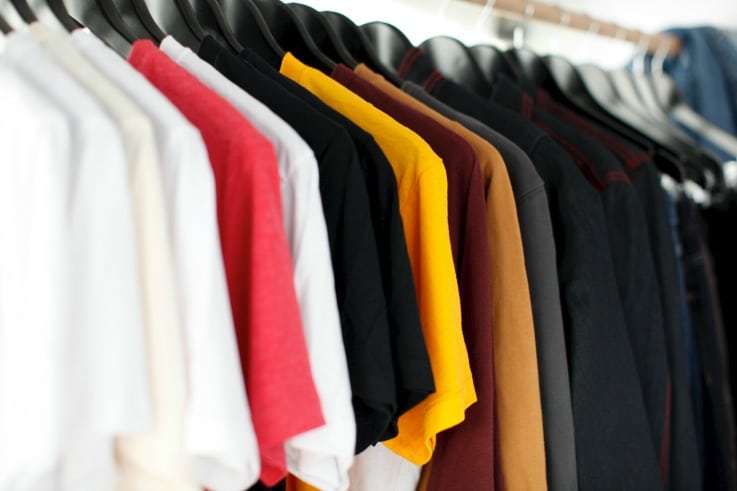
How does this apply to retail?
The possibilities for retail are already emerging as part of the wider capabilities of the blockchain. Here are just some of them:
1. Logistics
From a logistics point of view, blockchain could have a lot of impact for retailers as a shipment could be tracked at every stage, creating a record of exactly who handled it, where and when. If you want to know if your shipment arrived on time you can check location in real-time. It can also record information like temperature at each point so retailers can be sure products are being handled safely.
This could help reduce the number of lost or damaged products in shipments, which may result in significant cost savings. In the case of product recalls having an accurate supply chain record could help retailers identify the source of the issue, what products are affected and contain the problem.
WAVE is one company tackling the supply chain challenge through blockchain. All members of the supply chain are connected through a decentralised database enabling them to directly exchange documents. This also helps manage and resolve disputes as the blockchain offers irrefutable evidence of what has happened at each point in the chain.
2. Transparency
The transparency of the information stored in the blockchain means every part of the retail chain, from supplier to retailer to customer, can see where products come from.
For consumers it offers the possibility to know more about the provenance of the things they’re buying. Increasingly shoppers decisions are driven by environmental or humanity concerns – the blockchain could allow them to see if their clothes are made through child labour or if there are dangerous or hidden components.
Provenance is one company using the blockchain to build consumer trust, by tracking all supply chain data for a product and enabling customers to search it in real-time. It can help customers see where their food was grown and if it’s local or not. They could even check what the individual ingredients are (useful for those with allergies) and the supply chain of those ingredients in turn. If a customer wants to avoid imported products or goods that are out-of-season the blockchain can put that information at their fingertips.
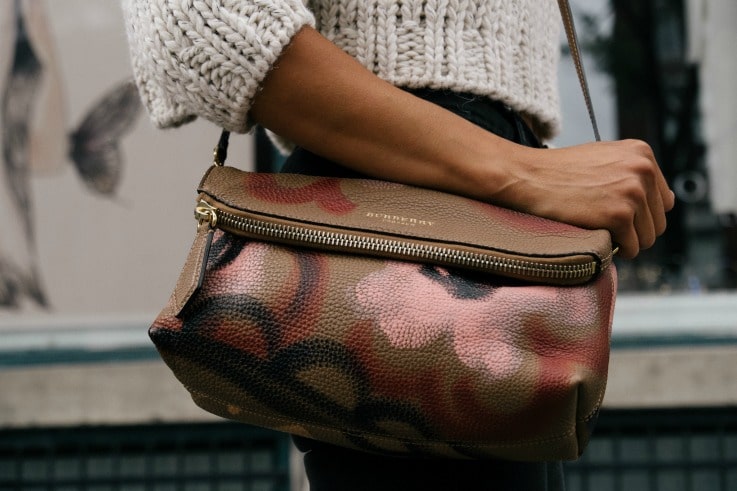
3. Authenticity and anti-counterfeiting
Blockchain can be used to confirm the authenticity of products by enabling customers to look back through the records for an item. This is particularly useful in the case of luxury goods where counterfeiting is a big problem. Being able to track a product back to its source gives customers the confidence to part with large sums of money as they know it’s the real deal.
Block Verify is a blockchain based anti-counterfeiting solution for luxury retail and diamonds, electronics and pharmaceuticals. Goods are tagged and verified at the point of manufacture and then certified on the blockchain. When customers buy a product they can check the authenticity and then be registered as the official owner.
The same system can be used to notify customers should their product be stolen and then attempted to be resold. This new transaction would also appear on the blockchain enabling the real owner to trace the product. Using blockchain in this way could help deter counterfeiters, as well as those looking to trade in stolen goods.
4. Proof of ownership and resale
As noted above the blockchain can be used to record the owner of purchased goods. This acts as a means of proof of ownership, which can’t be tampered with. Everledger uses the blockchain to track diamonds, from the mine to the end customer. This permanent ledger ensures that diamonds are certified and reduces the risk of forgery of documents. It can also prove who bought a specific diamond and be securely updated if that diamond is then sold on to someone else. Insurance companies can also make use of the verification data in the case of disputes, loss or theft.
Ascribe is another company that uses the blockchain to prove ownership – this time for creators. Artists can use the system to issue digital artworks and to register themselves as the creators. It can also track sales of the artwork, meaning that both creator and owner are permanently recorded. Ascribe can even be used to transfer intellectual property if desired, from the right to sell work on the artist’s behalf or display rights for a certain period of time.
For independent retailers this type of security could be hugely valuable in reducing concerns over ownership and potentially even preventing copyright claims.
5. Warranties
Blockchain can help retail with ambitions to go paperless by helping manage product warranties digitally. Warranteer is already working with brands like ASUS, LG, GoPro, and HiSense to do just that.
Rather than relying on paper, which can easily be misplaced, Warranteer offers customers a digital warranty wallet. They can store all of their warranties in the blockchain, keep them up-to-date in real-time and easily transfer them from one provider to another if desired. All parties are privy to the same information which helps reduce any disputes. This particularly makes sense for expensive or electronics purchases, which are typically the sort of items that may require some aftercare.
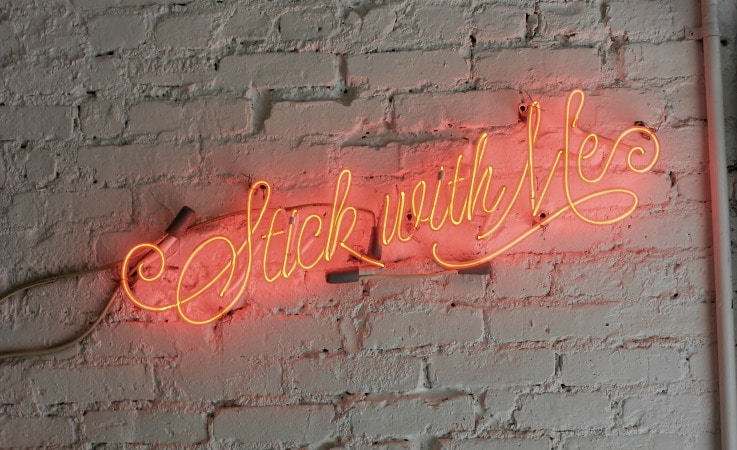
6. Loyalty
Blockchain could also revolutionise loyalty systems by helping track points collected by customers. Any additions or subtractions would be quickly updated in real-time, making these programmes work better for shoppers. A loyalty warranty on the blockchain could also let customers view all of their loyalty information in one place, from all retailers.
Loyyal is leading the blockchain loyalty charge. Its system can even deal with multi-brand loyalty schemes, such as airline and bank co-rewards. Blockchain can help counter the fragmentation that often goes hand-in-hand with loyalty.
Another way the blockchain could impact loyalty is retail is its ability to track total buying habits. At present retailers only really have an insight into how a customer is shopping with their brand, but what if they could see all sales information? Would this help them target customers with more personalised offers?
7. Payments and e-commerce
Given blockchain’s in-roads in the finance sector and its history with Bitcoin, tracking of payments is perhaps the most obvious use of all. E-commerce could also be impacted as digital currencies like Bitcoin become more widely used.
Large purchases like cars and houses can be recorded and verified as a matter of official record. As with luxury products, blockchain can help reduce the trade in stolen vehicles as any subsequent transactions will be identified.
In-store purchases could be assigned digital receipts, which will not only give customers and retailers a simpler way of dealing with returns and refunds, but could also help the industry become paperless. Customers can also get a better overview of their spending habits with all receipts in one place.
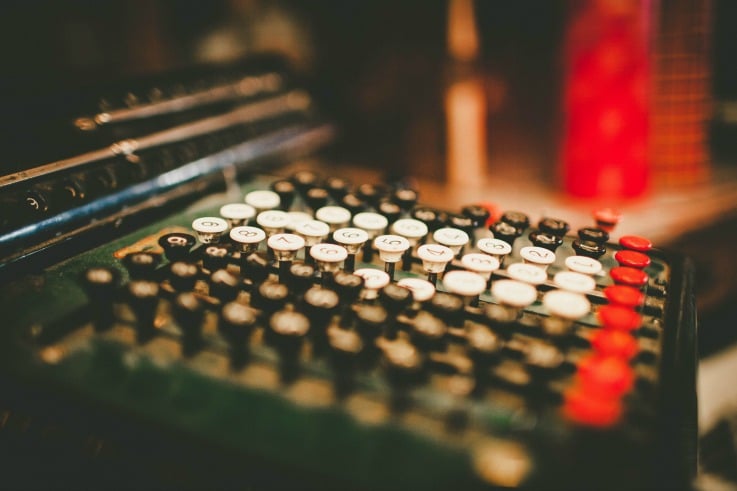
When will all this happen?
The short answer is it’s already happening. While blockchain has been becoming more widely recognised over the last nine years, a number of recent developments suggest retail is now pricking up its ears.
At the National Retail Federation show in January Microsoft demonstrated its blockchain tech for creating smart contracts in retail. Developed in partnership with Mojix, the system is based on Microsoft’s Azure Blockchain-as-a-service. Smart contracts are self-executing and automatically implement agreed terms – these could be temperature restrictions, timeframe for delivery, date of picking etc. The terms can be ticked off as being met at each stage of the supply chain. This ensures that the contract is being fully complied with. These contracts could help retail’s supply chains gets smarter, saving time and money.
At the end of last year IBM also turned to blockchain to improve supply chain operations. The company partnered with China’s Tsinghua University to help Wal-Mart on a pilot project to improve the tracking of the pork from China that it sells in its stores. The aim is to improve food safety by recording all information about the people and steps involved in bringing the products to store.
Just a few months ago IBM announced another blockchain project in China. Launched in April, the Yijian Blockchain Technology Application System was developed in partnership with Hejia, the Chinese supply chain company. Its focus is to track pharmaceutical drugs in throughout the supply chain. The use of blockchain helps address some of the issues in the Chinese market, such as an inefficient credit system.
As the above examples show, blockchain is an innovation that is being taken seriously. These pilots and experiments are only the beginning. If retailers, and the wider world, start to see the benefits then the blockchain revolution is likely to ramp up massively. Make sure you’re ready for it.
For more on the tech changing retail, don’t miss our guide to the Internet of Things (IoT).
If you want more content like this, or to keep up with the latest retail trends, click here to join our community.

